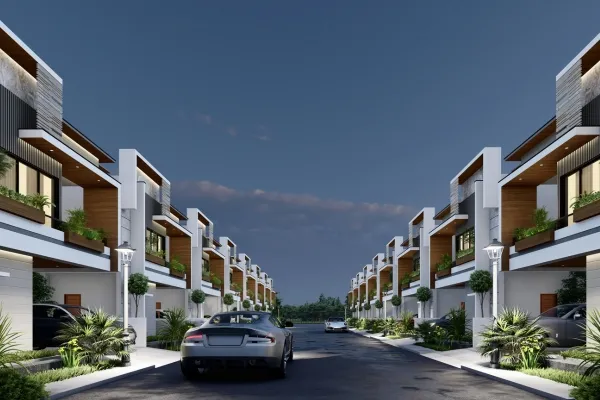What is the difference between A Khata and B Khata property tax?
Koheli

A Khata
property is legitimate and has received local government approval. They are
also referred to as "white" assets. These properties are eligible for
all fundamental government services such as sewage connections, water supply,
and electricity. On the other hand, B Khata properties are not legal or do not
have the required approvals from the local government officials. They go by the
name "black" properties as well. The government does not have to
supply these homes with essential municipal amenities.
A
Khata Property
A Khata is a
legal document given to property owners by local government officials. It is a
document that attests to the fact that the property owner has paid all required
taxes and complied with all local laws. A property registration document is
another name for the A Khata paperwork.
The property
owner must present ownership proof, including documents like a sale deed,
conveyance deed, and lease agreement, among others, to get an A Khata document.
The owner must also show that all required taxes and levies, such as
construction and property taxes, have been paid.
Properties
classified as "Khata" are legitimate and qualified for various bank
loans and mortgages. Compared to properties in B Khata, these properties
likewise have a higher resale value.
B
Khata Property
B Khata is a
legal document that the local government authorities issue to properties that
don't abide by the laws and norms that the local government has established.
These properties could have failed to pay the required taxes or broken other
laws or building codes. A non-registration document is another name for the B
Khata document.
Properties
with B Khata status are typically found in underdeveloped areas or places where
the local authority has not yet issued A Khata documents. These properties are
sometimes known as unlicensed or illegal properties.
B Khata
property owners could experience various legal and financial difficulties, such
as being ineligible for bank loans or mortgages, having trouble selling the
property, or even facing legal action from the local authorities. It is crucial
to remember that B Khata properties cannot be changed into A Khata properties,
leaving owners with little choice but to approach the relevant local government
officials and attempt to find a solution.
Difference
between A Khata and B Khata Property Tax
The amount
of tax imposed on these properties is one of the key distinctions between A
Khata and B Khata property tax. Compared to B Khata homes, A Khata properties
are subject to higher taxes. The reason for this is that A Khata properties are
regarded as legal and qualified for several benefits, including access to
fundamental services like electricity, water supply, and drainage.
On the other
hand, B Khata properties are unlawful and lack access to these facilities. The
local government levies lesser taxes on these properties as a result. Compared
to A Khata properties, the tax rate for B Khata properties is typically between
20 and 25 per cent of the property's market value.
The
eligibility for different government programmes and benefits is another
distinction between the property taxes charged under A Khata and B Khata.
Property owners in A Khata are eligible for several programmes, including the
Pradhan Mantri Awas Yojana. However, those in B Khata are not.
Conclusion
In India, there are two distinct categories for property taxes: A Khata and B Khata. While B Khata properties are illegal and have several legal and financial problems, A Khata properties are legal and qualify for many perks. To avoid any future legal or financial complications, it is crucial for property owners to be aware of the distinctions between these two classes and to make sure that their property is registered under A Khata.




